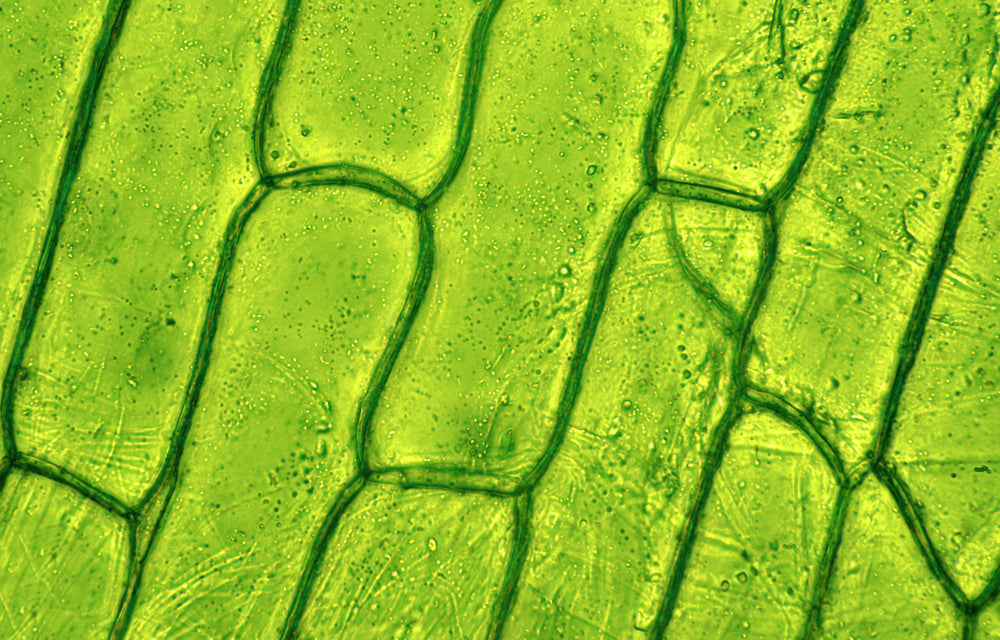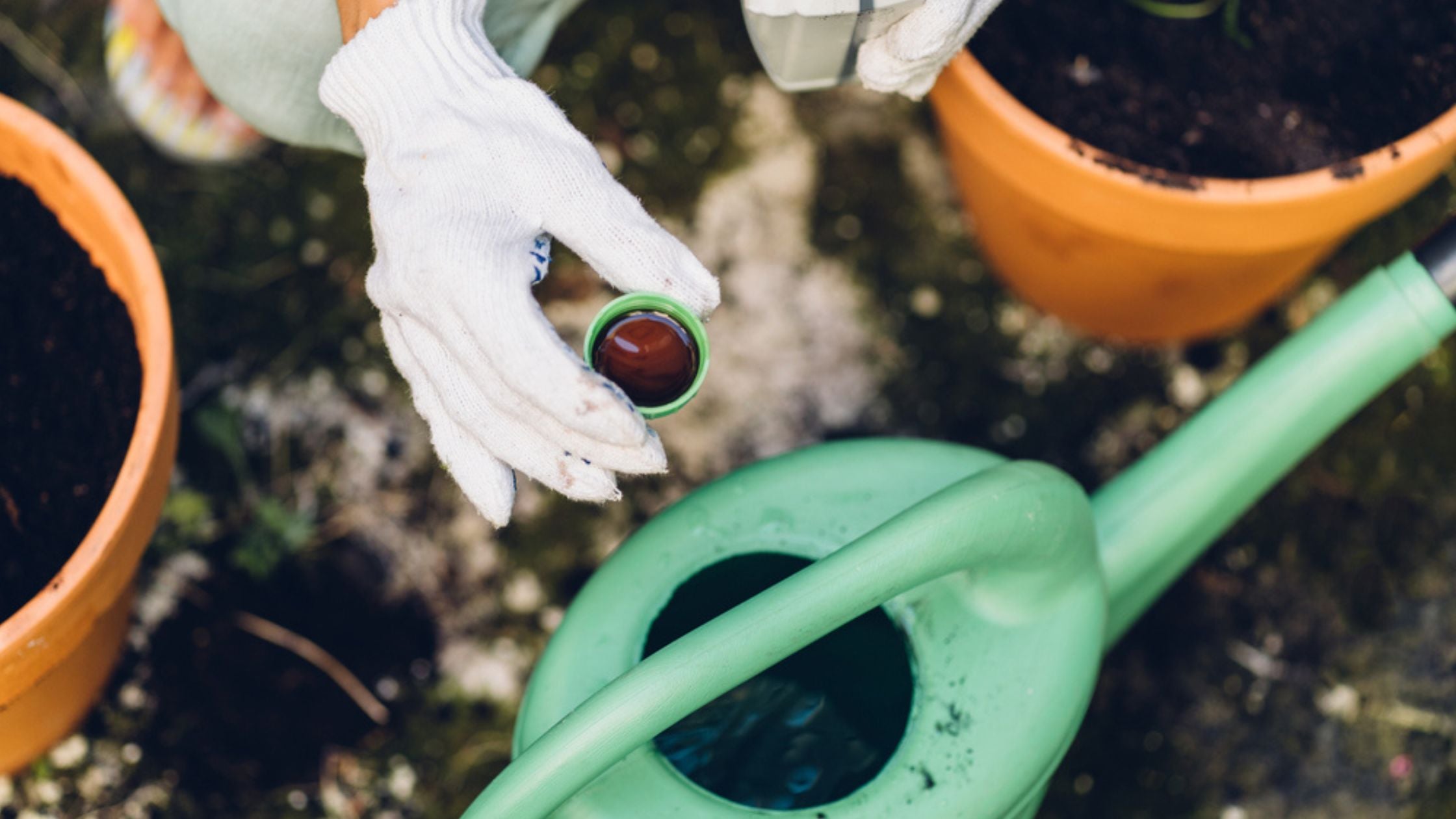
Understanding Auxins and Cytokinins
What is auxin? What is cytokinin? Whether you're a budding botanist or a curious gardener, these questions arise when trying to under exactly how plants grow.
Auxin and cytokinin are classes of plant hormones that regulate plant growth. Their main difference lies in their two most critical respective functions. Plant cells require auxins for the elongation and growth. Cytokinins drive cell division (producing new cells) and cell differentiation (determining what part of a plant a cell will become).
How do auxin and cytokinin work together?
Auxin and cytokinin collaborate in concert, and these hormones can each only carry out many of their functions if the other plant hormone is present. The effect their interactions will have depends on the exact ratio between auxins and cytokinins in a particular area of the plant. Also, the impact of different concentrations and relative ratios of auxins or cytokinins will vary depending on the plant species.
Before we go further, let's back up and learn more about plant hormones in general.
Plant hormones - a brief overview
Plant hormones are natural chemicals present in tiny amounts inside plants. They are an internal chemical signaling system that dictates the plant's actions. Without plant hormones, plants would not grow, produce differentiated organs, metabolize, reproduce, or adapt to changing environmental conditions. From stems reaching toward the light to flower production, everything a plant does depends on the correct hormone combinations being present in certain parts of the plant in the correct ratios.
Nine classes of plant hormones have been discovered so far, and auxins and cytokinins are the best-understood classes.
Plant hormone molecules are so small that they can diffuse through cell walls. They are easily transported to other parts of the plant when and where needed. Plants can inactivate particular hormones when they are not required. The roles of different plant hormones are complex and also vary between species.
What does auxin do?
Auxins are generated in growing stems and roots and move throughout the plant. They are found everywhere but are concentrated in areas of active growth.
Auxins play an essential role in a plant's life cycle, from root growth and development to leaf senescence - when living plant tissues age and die.
The ratio of auxin to other plant hormones will determine whether new roots, buds, or existing cells will develop. For example, a high auxin-to-cytokinin ratio will prompt root formation, while a high cytokinin-to-auxin ratio will prompt new shoot formation.
Auxins are involved in:
- Cell elongation and vertical growth in the plant by increasing cell wall plasticity, enhancing water uptake
- Enzyme synthesis at the gene level for cell wall and cytoplasm
- Root growth and development
- Leaf senescence (when living tissues in the plant ages and dies)
- Growth inhibition of plant shoots, if highly concentrated
One visible effect of auxin that many gardeners would be familiar with is its role in suppressing lateral bud growth. Looking at the end of a shoot, you will see a bud right at the tip, called the apical bud. Apical buds release auxin to inhibit the growth of lateral buds and drive the plant to grow vertically. When the apical bud is pinched off – a practice recommended to encourage bushier plant growth - the lateral buds, which sit right below the apical bud, will start growing. Removing the apical bud stimulates cytokinin activity to generate this lateral growth.
Another observable effect of auxin is how plants curve toward a light source. When light hits a plant at an angle, auxin accumulates on the side that receives the least light. This auxin build-up in the shaded part of the plant causes cells to elongate on that side only, causing the stem to bend toward the light.
Examples of auxins
Indole-3-acetic acid (IAA) is the best-known natural auxin present in all plants. Chemical synthetic auxins include indole—3-butyric acid (IBA), 2-methyl-4-cholorophenoxy aectic (MCPA), Indole-princpionic acid (IPA).
How humans use auxins
- Gardeners and botanists mostly commonly use auxins in rooting hormone. In a plant propagation technique, the gardener applies rooting hormone to a fresh plant cutting to speed root growth.
- Auxins are also valuable for fruit growing. Because auxin controls the senescence process in plants, auxins like naphthalene acetic acid and 4-dichlorophenoxyacetic acid can be sprayed to prevent fruits from dropping off plants prematurely.
- Because auxins in high concentrations will inhibit growth, they can be sprayed to inhibit growth. Auxins are used to prevent stored potatoes from sprouting, and pesticide companies exploit the growth-inhibiting functions of auxins to kill and control weeds.
What do cytokinins do?
The primary function of cytokinin is to produce new cells through cell division. These cells are differentiated to become callus cells (the cells that grow over a plant wound), roots, or shoots. The type of cell that will be produced, and hence the plant organ that will emerge, will depend on the exact ratio of cytokinin to auxin present.
Cytokinins are involved in:
- Cell division
- Shoot growth
- Regulating seed germination
- New bud formation
- Leaf expansion
- Reproductive development
- The delay of senescence (plant aging and die-off)
- The uptake of minerals in the root and the movement of nutrients into the leaves
Cytokinins are mainly produced in roots. From here, they are transported to different parts of the plant and are found primarily in areas of active growth in roots, young leaves, developing fruits, and seeds. The functions above usually involve auxins.
Examples of cytokinins
There are over 200 natural and synthetic types of cytokinin. Many have unpronounceable names based on their molecular makeup: some common ones are N6, N6-dimethylallyIaminopurine or N6 (Δ2– isopentenyl) adenine (i6ADE) and its ribosyl derivative N6 (Δ2-isopentenyl) adenosine (i6A).
How do humans use cytokinins?
- 6-BenzylAminoPurine (6-BAP) is a cytokinin and the most common active hormone in keiki cloning paste. Applied to a wound on a plant node, it will encourage new shoots and leaves to form.
- Cytokinins' growth-inducing properties have been found to increase crop yields in wheat, barley, oats, soybeans, lentils, and chickpeas. They have also been used to improve the production and quality of fruits. Cytokinins also give vegetables and cut flowers a longer shelf life.
- Cytokinin is also used as a chemical method to thin out apple fruits early in their development. Thinning is when you remove flowers or young, immature fruit early in the growing season to ensure the plant produces fewer but more sizeable fruit.
- Cytokinin plays a key role in the genetic engineering of plants because it can help plants resist herbicides. When the callus cells of a plant are exposed to the herbicide, most will die, but some will survive. The surviving callus cells with herbicide-resistant genes are selected and transferred to an auxin and cytokinin mixture. The hormones will encourage the new plant with the desired resistance to develop.
While the biology of plant hormones like auxins and cytokinins can seem overwhelmingly complicated, understanding the basics can help gardeners and houseplant hobbyists garner a deeper understanding of how roots, branches, leaves, and fruit develop and grow.



Leave a comment
This site is protected by hCaptcha and the hCaptcha Privacy Policy and Terms of Service apply.